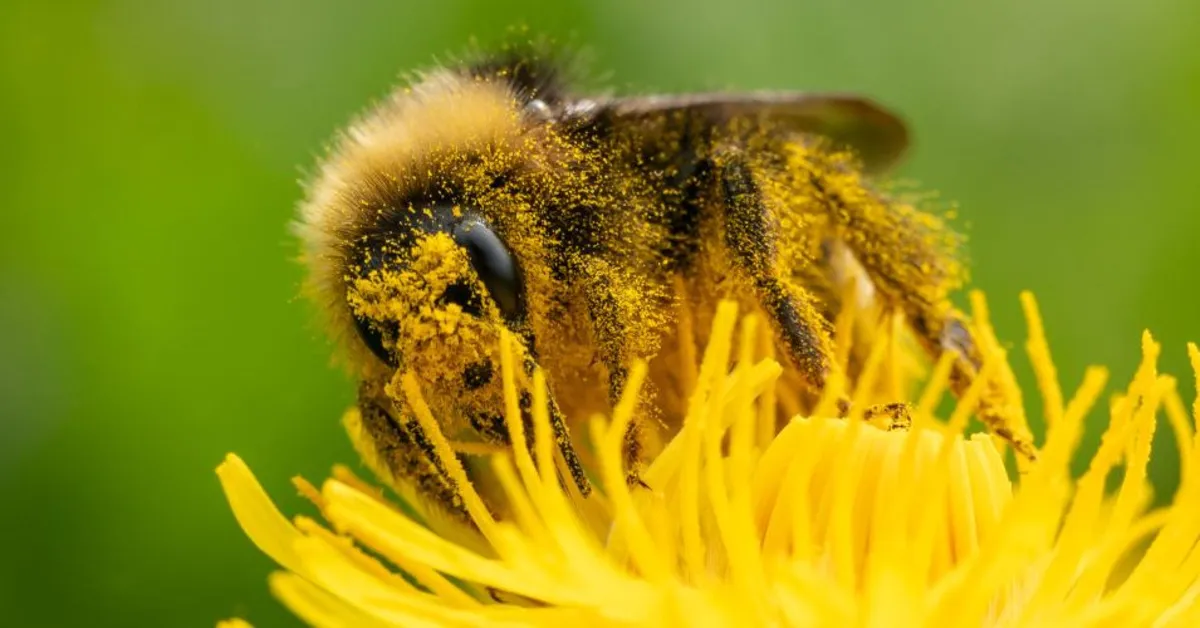
The arrival of warming spring air is often celebrated as a welcome shift from the harsh winter months experienced across much of the United States. However, for millions of seasonal allergy sufferers, this transition brings about a daunting challenge: an overwhelming surge in pollen counts. Symptoms such as sneezing, headaches, watery eyes, and stuffed sinuses are pushing many individuals back indoors. Recently, Atlanta shattered its record for pollen count, reporting an astonishing 14,801 grains per cubic meter from trees like pine, oak, and birch. Houston, too, has recorded its highest pollen levels since 2013, the year when tracking began.
The Asthma and Allergy Foundation of America (AAFA) warns that 2025 could be another difficult year for seasonal allergies nationwide, particularly in southern cities that are already grappling with the escalating effects. For nearly one in three adults and one in four children in the U.S., seasonal allergies are becoming an increasingly intolerable reality. The reasons behind this surge are directly linked to climate change. Pollen, the primary trigger for seasonal allergies, is appearing earlier in the year, in greater quantities, and lasting longer each season.
According to Kenneth Mendez, CEO of AAFA, "In the springtime, the first pollen allergens are from trees, and that is starting 20 days earlier than it did 30 years ago." The rising levels of carbon dioxide in the atmosphere are significantly influencing plant behavior, prompting them to produce more pollen while extending the conditions favorable for pollen generation. Mendez notes a spike in reports from individuals stating, "I’ve never had allergies before, and now I suddenly feel like I have allergies," underscoring the increasing pollen load due to climate change.
For many, seasonal allergies are not just a minor annoyance; they represent a substantial economic burden as well. Conditions such as asthma and allergic rhinitis, commonly known as hay fever, result in billions of dollars in lost productivity each year, alongside costs for medications and doctor visits. Alarmingly, tree pollen allergies alone contribute to 25,000 to 50,000 emergency room visits annually, predominantly affecting individuals under 18. As pollen counts rise, more people with heightened sensitivity are discovering that these tiny grains can pose significant health risks.
While most people experience seasonal allergies as mild nuisances, the widespread nature of pollen exposure makes it nearly impossible to avoid. Pollen infiltrates homes through vents, window seals, clothing, and even pet fur. The size of pollen grains, which can be as small as 10 microns, allows them to penetrate deep into the lungs, exacerbating respiratory issues.
Typically, trees release pollen in the spring, grasses do so in the summer, and ragweed contributes in the autumn. However, historical patterns regarding pollen release are changing. Tree pollen is now being emitted earlier in the year, while certain grass species have delayed their pollen release by nearly a month, resulting in overlapping seasons that exacerbate allergy symptoms.
Two critical factors driven by human activity are accelerating this trend: the increase in carbon dioxide levels due to fossil fuel combustion and the resulting climate change. Elevated carbon dioxide levels not only enhance plant growth but also lead to increased pollen production. More pollen means more seeds, perpetuating a cycle of higher pollen counts year after year. Predictions indicate that certain areas, such as Texas, could see pollen counts nearly double by 2050 compared to those in 2000.
For many individuals, allergies are compounded by other health and environmental challenges. Air pollution from ozone, particulates, and nitrogen compounds can exacerbate breathing issues, particularly when combined with pollen exposure. Urbanization creates favorable conditions for allergenic plants like ragweed, while city centers often experience higher pollution levels, intensifying allergy symptoms.
In addition to pollen, rising temperatures and increased precipitation are leading to a surge in allergenic mold spores. Extreme weather events can foster conditions for mold growth, as seen in areas like New Orleans, where storms create environments conducive to mold development. John Carlson, who leads the high-risk allergy division at the Ochsner health system in New Orleans, emphasizes the disproportionate impact on low-income communities that may lack resources to address such issues.
While the number of people experiencing seasonal allergies may plateau, the prevalence of irritants and conditions resembling allergies is on the rise. It is crucial for individuals with a history of seasonal allergies to consult with allergists to identify specific triggers and effective medications. Early intervention is key, with recommendations to begin allergy medications prior to peak pollen seasons.
Monitoring local pollen forecasts can also help mitigate exposure. During high pollen days, staying indoors, closing windows, and keeping pets clean can reduce allergen infiltration. Additionally, using HEPA air filters in living spaces can provide relief. Over the long term, reducing emissions of heat-trapping gases is essential to tackling the root causes of climate change and its impact on allergies.
In conclusion, as seasonal allergies continue to worsen due to climate change, it is vital to remain vigilant and proactive in managing symptoms while advocating for broader environmental change.